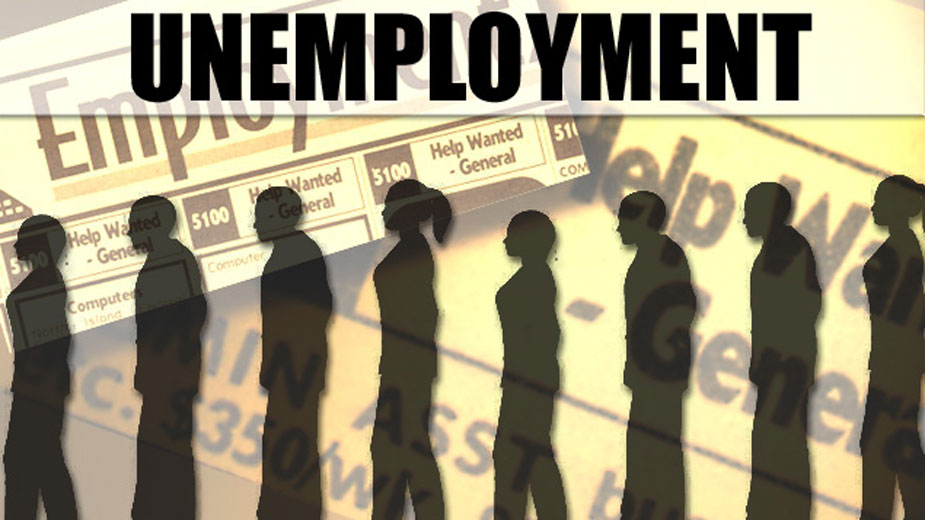Initial Jobless Claims Trend Back down in Ohio
COLUMBUS, Ohio — Initial jobless claims in Ohio dropped to 7,913 for the week ended Nov. 13, which is down significantly from the 11,232-claim spike reported the week prior.
Continued jobless claims also ticked down to 41,628 from the 43,713 claims reported for the week ended Nov. 6, according to the latest data from the Ohio Department of Job and Family Services.
Ohio reported 49,541 total unemployment claims the week ended Nov. 13, which is up from the 43,713 claims reported for the prior week.
Ohio’s unemployment rate in September was 5.4% compared to the national rate of 4.8%. The state’s labor force participation rate for that month was 61.1%, compared to the national rate of 61.6%.
Nationally, the number of Americans applying for unemployment benefits fell for the seventh straight week to a pandemic low of 268,000.
U.S. jobless claims dipped by 1,000 last week from the week before, the Labor Department reported Thursday.
The applications for unemployment aid are a proxy for layoffs, and their steady decline this year — after topping 900,000 one week in early January — reflects the labor market’s strong recovery from last year’s brief but intense coronavirus recession. The four-week average of claims, which smooths week-to-week volatility, also fell to a pandemic low just below 273,000.
Jobless claims have been edging lower, toward their prepandemic level of around 220,000 a week.
Overall, 2.1 million Americans were collecting traditional unemployment checks the week that ended Nov. 6, down by 129,000 from the week before.
Until Sept. 6, the federal government had supplemented state unemployment insurance programs by paying an extra payment of $300 a week and extending benefits to gig workers and to those who were out of work for six months or more. Including the federal programs, the number of Americans receiving some form of jobless aid peaked at more than 33 million in June last year.
The coronavirus slammed the U.S. economy early last year, forcing many businesses to close or reduce hours of operation and keeping many Americans shut in at home as a health precaution. In March and April 2020, employers slashed more than 22 million jobs.
But the economy began to recover last summer. Consumers, pocketing government relief checks and gaining confidence as COVID-19 cases fell, resumed spending. With the rollout of vaccines this year, they began to return to shops, restaurants and bars.
Suddenly, many employers were struggling to keep up with an unexpected surge in demand. They are scrambling to fill job openings — a near-record 10.4 million in September. Workers, finding themselves with bargaining clout for the first time in decades, are becoming choosy about jobs; a record 4.4 million quit in September, a sign they have confidence in their ability to find something better.
Since April 2020, employers have hired more than 18 million people, including 531,000 in October. But the U.S. economy is still more than 4 million jobs short of where it was in February last year.
The Associated Press contributed to this story.
Published by The Business Journal, Youngstown, Ohio.



